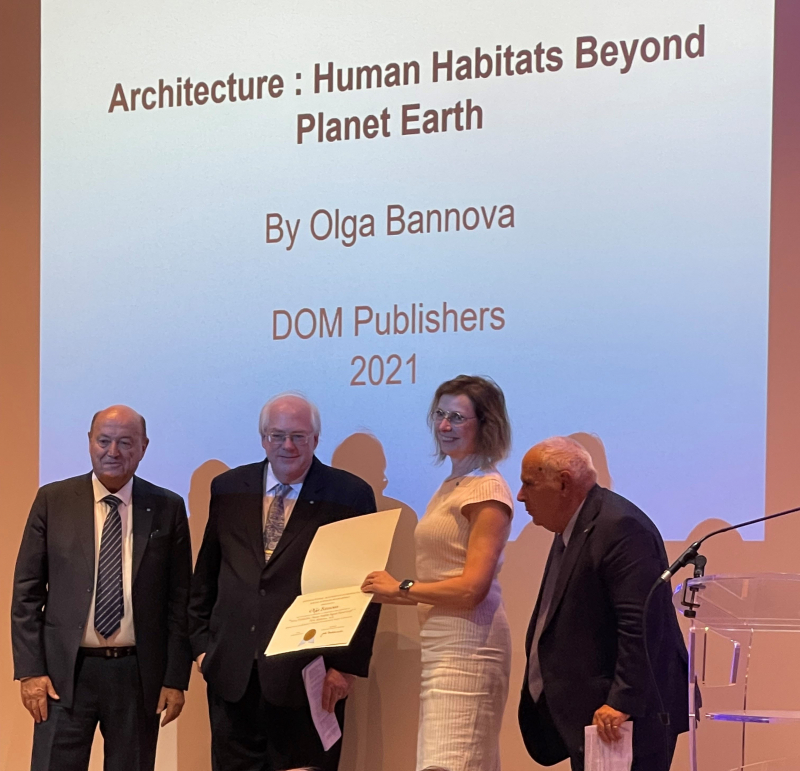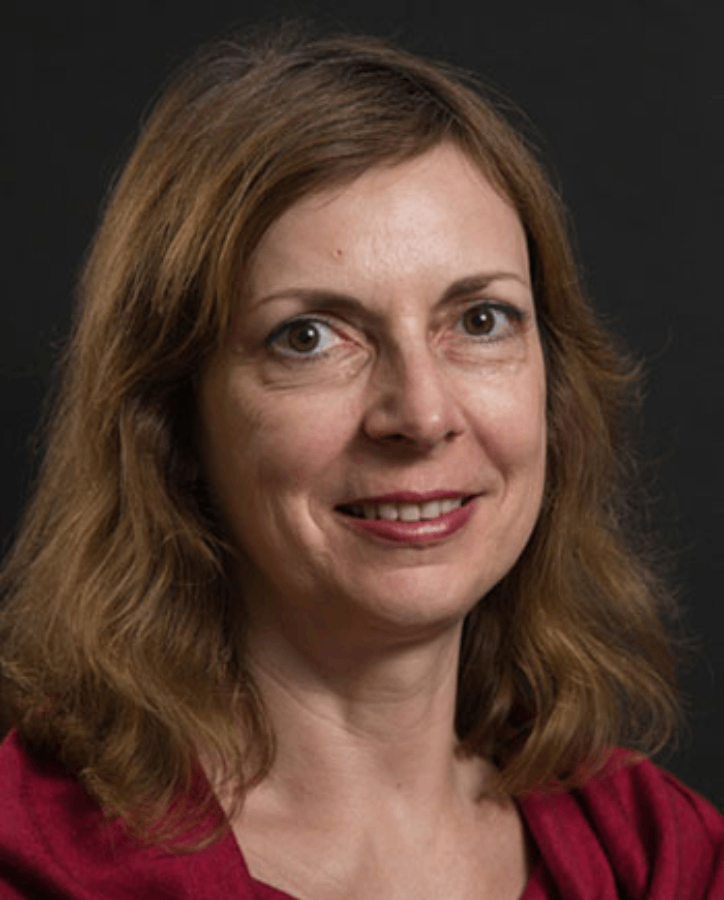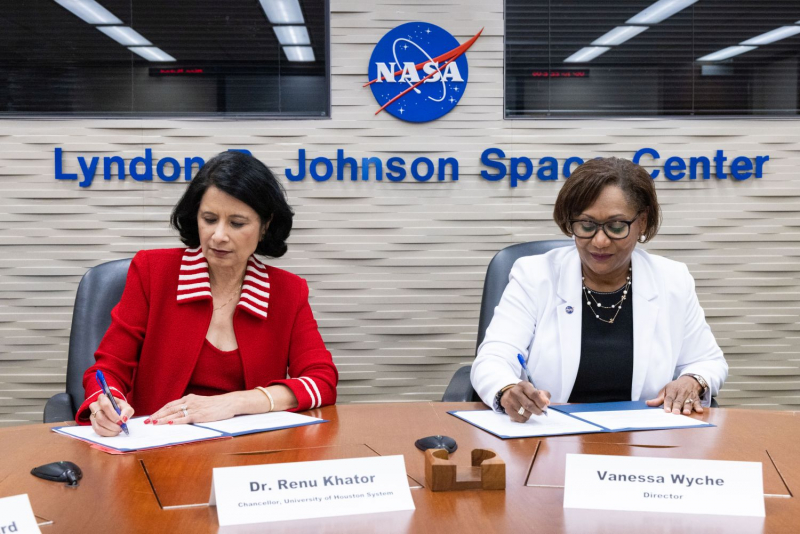Sasakawa International Center
for Space Architecture (SICSA)
The only one of its kind in the world, the Cullen College’s space architecture program involves engineers and technical architects teaming up to design missions and operations from the ground up. The operational center for the program is the Sasakawa International Center for Space Architecture, or SICSA, which is internationally recognized as the center that both defines and leads the space architecture field.
The Sasakawa International Center for Space Architecture (SICSA) is a unique interdisciplinary research, design and teaching academic center that supports the world’s only Master of Science (MS) degree in Space Architecture. In 2015 The Texas Higher Education Coordinating Board approved changing the degree to a master of science with a STEM — science, technology, engineering and math — designation. We are academic leaders in the field of space architecture and are also active in the planning and designing of facilities for extreme environments on Earth. These include ocean facilities, polar research stations and human disaster accommodations. Graduates will also conduct trade studies and learn about operational factors which contribute to the design, such as logistics, orbital mechanics, transportation cost trades, etc. Our collaborators have included NASA, The Boeing Company, Oceaneering, and the Houston Airport System/Houston Spaceport.
SICSA offers two types of MS-Space Architecture curriculum, one for full-time students (3 semesters) and another for part-time local industry employees (5 semesters). The program is also developing a professional 3 course certification and will be able to deliver selected content on-line. Students with various bachelor of science (BS) degrees and background are eligible to apply, as well as 5th year Architecture degrees with appropriate technical qualifications. One of the signature courses includes a group 2 semester “studio” in which students work as a team on a real design. All graduate student application review and acceptance processes follow academic procedures and standards established by the University and College which are administered by the Associate Dean, Assistant Dean and Graduate Program Director. Upon verification that these requirements are satisfied, SICSA faculty participate in the final candidate selection decisions. Admission requirements can be found here.
Space architecture is an interdisciplinary field that involves the planning and design of facilities in extreme environments on earth and in space, including ocean facilities, polar research stations, human disaster accommodations and orbiting space stations. Their work includes orbital mechanics, human habitats, logistics, design for extreme environments, life support systems, human factors and launch capability trades.

Students Final Presentations






